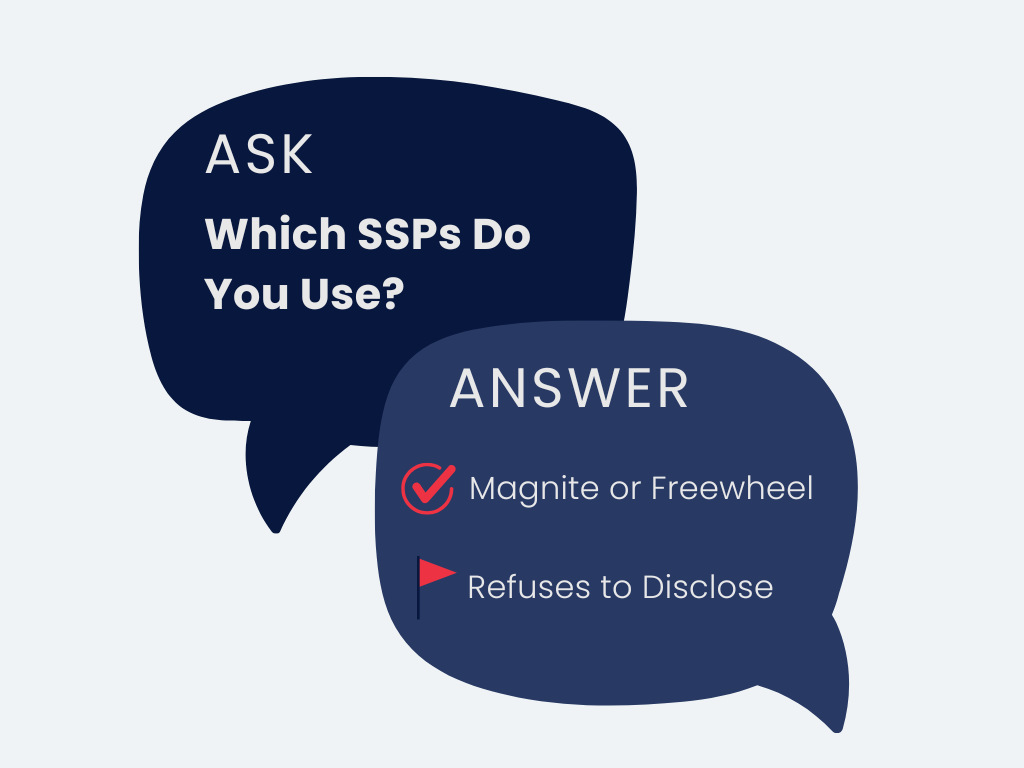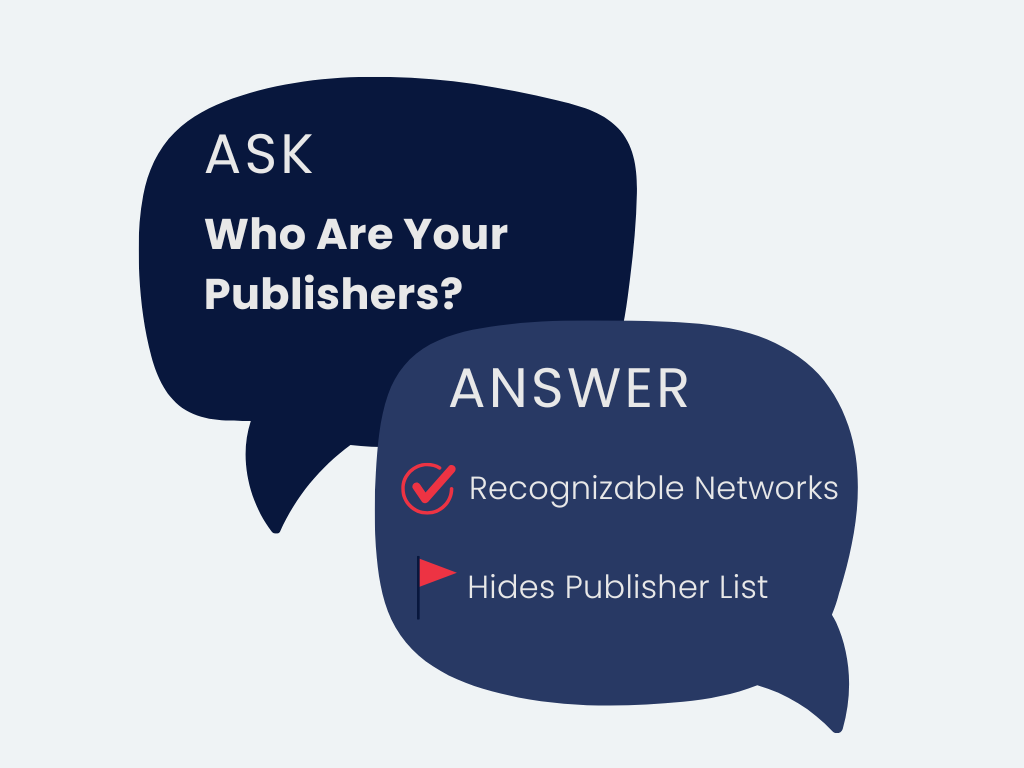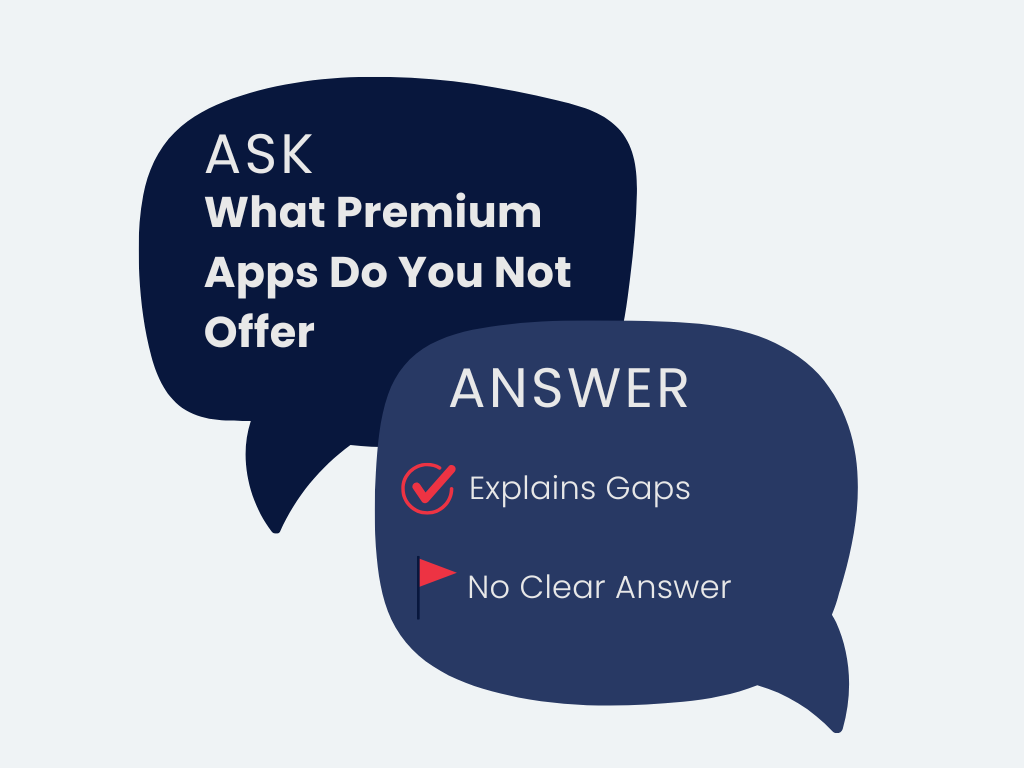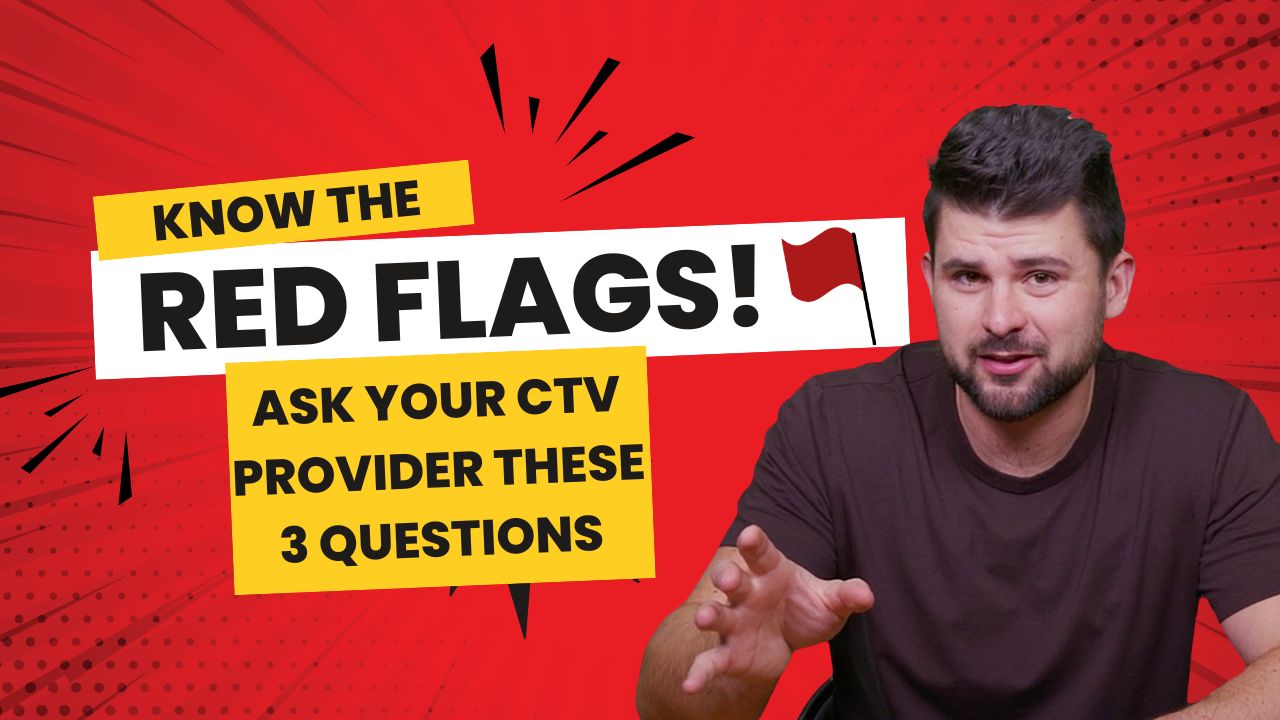Every CTV Provider Claims to Offer “Premium” Inventory. Are They Lying?
If you’re running CTV campaigns (or shopping for a provider), you’ve heard it before:
“We only have high-quality, premium inventory!”
Sounds great. But if every provider claims to be premium, does “premium” really mean anything anymore?

Here’s the truth: Some providers cut corners by buying remnant inventory, using sketchy supply paths, or failing to disclose where your ads are really running. And unless you ask the right questions, you won’t know until it’s too late.
So let’s make this simple. Here are three questions that will tell you everything you need to know.

1. Ask: Which SSPs Do You Use?
SSPs (Supply Side Platforms) are the exchanges where CTV inventory is bought and sold. But not all SSPs are created equal.
Some have direct relationships with major streaming platforms—while others specialize in low-quality, leftover inventory that’s often riddled with fraud.
🔍 What to look for:
✅ Providers using Magnite, FreeWheel, TripleLift, Index Exchange—SSPs known for working directly with major publishers.
🚩 Providers using unnamed SSPs or refusing to disclose their sources—huge red flag.
If a provider buys inventory on Peacock, it should be coming from FreeWheel. If it’s not? You might be buying low-value or even fraudulent impressions.

2. Ask: Who Are Your Publishers?
An SSP is just the middleman. The publisher is who actually owns and sells the ad slots.
For example:
- If you’re buying ads on Hulu, Disney should be the publisher.
- If you’re buying ads on Peacock, NBCU should be the publisher.
🔍 What to look for:
✅ A publisher list that includes major, recognizable names.
🚩 A list full of unfamiliar or shady publishers (Pro tip: Google them. If they look sketchy, they probably are).
🚩 🚩 Red flag alert: If a provider won’t share their publisher list, they’re hiding something. There’s nothing proprietary about which publishers they work with—so if they refuse, walk away.

3. Ask: What “Premium” Apps or Publishers Do You Not Offer—And Why?
This is the question that catches bad CTV providers in the act.
Some publishers are very protective over their inventory. If an SSP has been caught selling fraudulent impressions, they get banned from selling that inventory.
So if a provider doesn’t offer ad slots on a major platform (and can’t give a clear reason why), it could mean:
🚩 They rely on untrustworthy sources that have been blocked from selling real inventory.
We know this because we’ve worked directly with major publishers to shut these bad actors down. Our technology caught fake inventory in real time, blocked it, and helped publishers clean up their supply.
That’s what a direct relationship looks like.
The Bottom Line: Demand Better.
If your CTV provider is vague, dodging questions, or refusing to disclose their inventory sources—run.
The best providers don’t just talk about premium inventory. They prove it with clear, direct answers.
🚀 Want a CTV provider that actually knows what they’re doing? Let’s talk.

